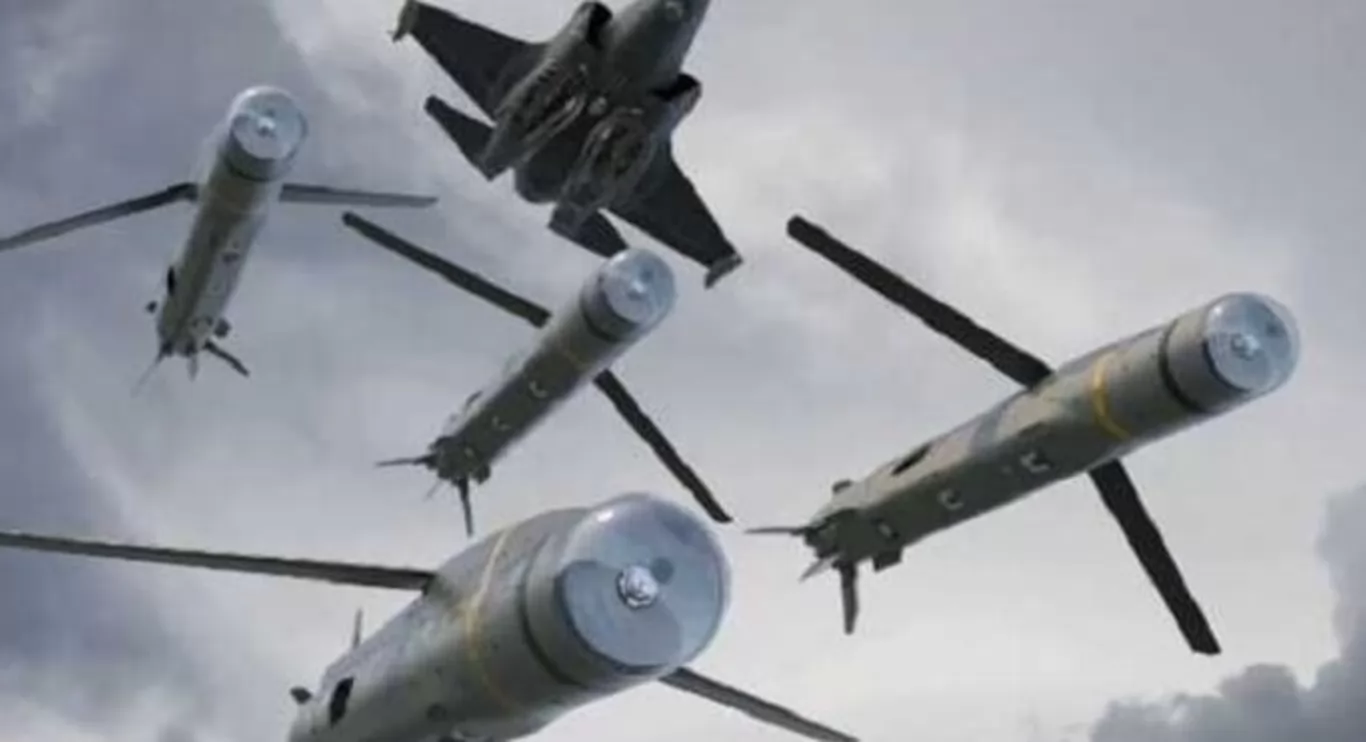The Russians have started using new types of guided aviation bombs against Ukraine, also known as KABs with rocket propulsion. According to aviation expert Anatoliy Khrapchinsky, they pose an exeptional danger to Ukraine, because these weaopons could be employ in large numbers in the near future, per UNIAN.
The use of such a high-precision, powerful, and long-range air-dropped bomb against civilian infrastructure results in civilian casualties and destruction.
On 19 October, Ukrainian authorities reported that Russian troops attacked the city of Lozova in Kharkiv Oblast for the first time using a new modification of an aviation bomb that covered a distance of about 130 km. Preliminary information indicates the bomb was released from territory temporarily occupied by Russia.
UMPK with a Chinese motor allowed for purchasing
Khrapchinsky notes that Moscow has been trying to modernize the UMPK modules used to turn unguided bomb to precision for a long times, and find ways to extend their operational range.
He says the Russians have managed to retrofit the Soviet aerial bombs with UMPK kits with modern Chinese rocket motor, thereby increasing range.
According to him, the first cases of the use of such weapons, covered in media for last months, have been just tests, meaning that Russia is currently trialing the technology.
That is why countermeasures must be found now, as guided bombs are an instrument of terror that Russia could mass-produce. Also, the Chinese motors installed in them, are not a banned good since they are also used for model aviation.
He emphasizes that the Russians are interested in scaling up cheap and harder‑to‑intercept weapons and are attempting to inundate Ukrainian territory with them.
Operation "300‑kilometre zone": mid‑strike drones, ATACMS and a plan to destroy enemy airfields
"We can counter this. We need effective tools that will not exhaust our resources. Put simply, we must intercept aircraft rather than individual KABs," Khrapchinsky says.
Ukraine may deploy interceptor drones for these purposes.
"However, they are still point solutions because to intercept with a drone you need to know where it's coming from, at what altitude, and the exact coordinates of the target," the expert explains.
Therefore, in his view, the only lasting solution is to strengthen Ukraine's aviation capabilities — i.e., intercept or destroy Russian aircraft on their airfields of basing that lie within the 300‑kilometre zone around Ukraine.
Khrapchinsky says there are about nine operational airbases from which Russia strikes Ukrainian territory.
"For that, we first and foremost need mid‑strike drones and strike means like ATACMS that can effectively engage those targets," he continues.
Khrapchinsky believes supplying Ukraine with ATACMS would yield a better effect than providing Tomahawks.
The reason behind his opinion is that Tomahawk could reduce the Russian ability to produce UMPK modules in Korolyov near Moscow. However, Moscow would still retain the delivery platform — aircraft based at frontier airfields.
Additionally, UMPK modules can be manufactured at many Russian facilities equipped with a 3‑axis CNC machine.
"They don't require some enormously high‑tech production line," he explains.

